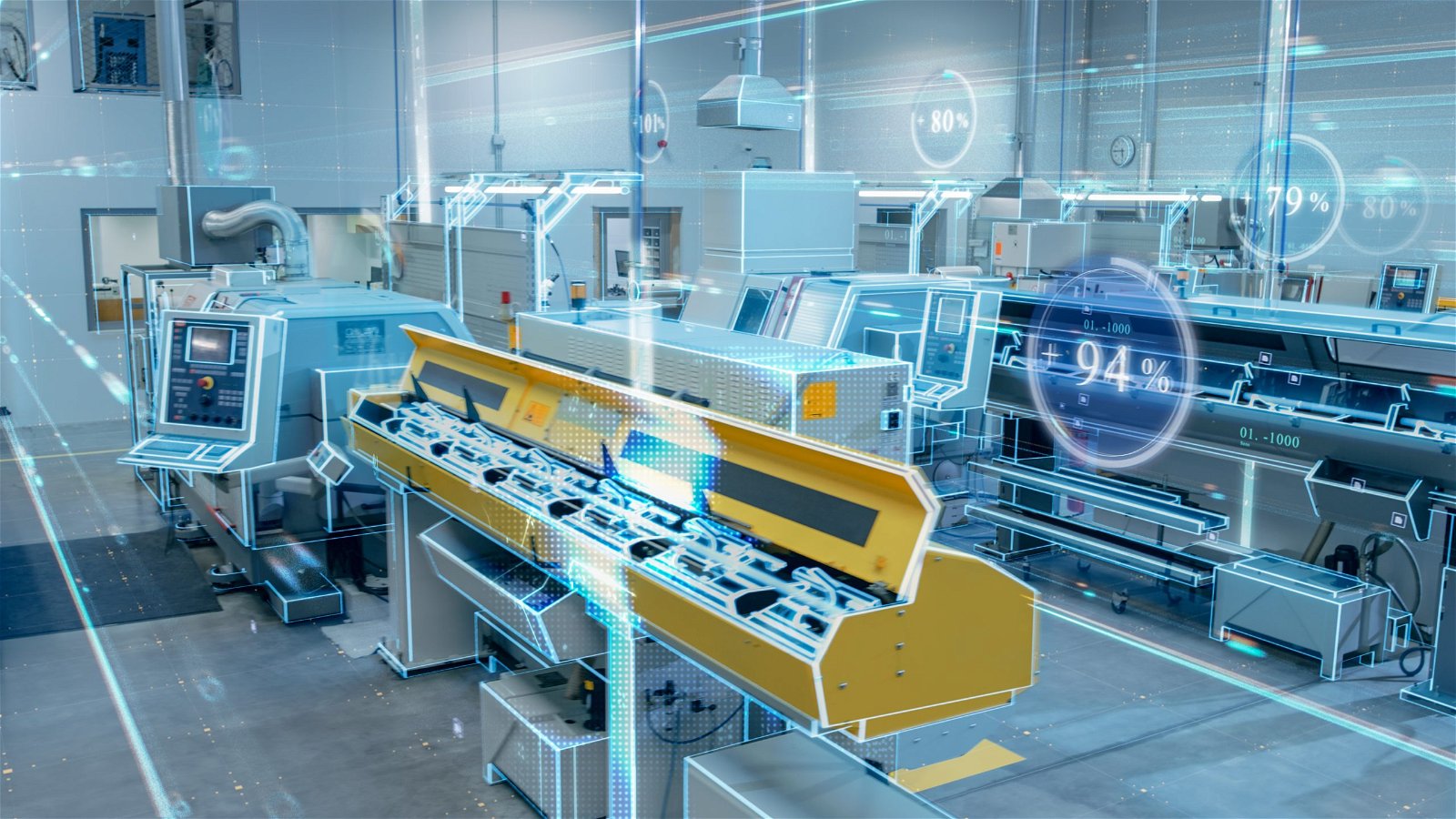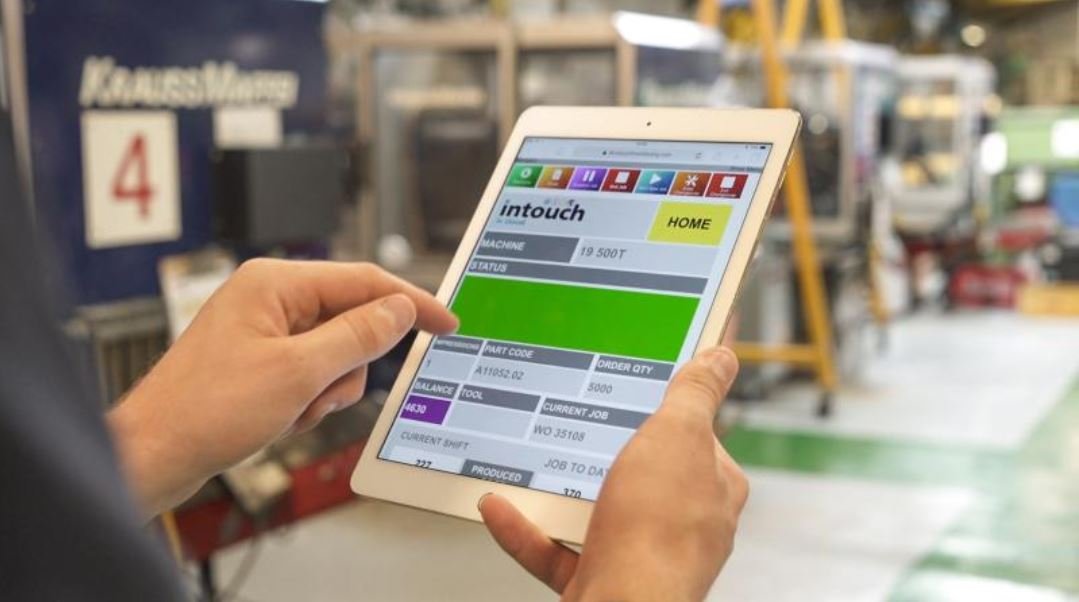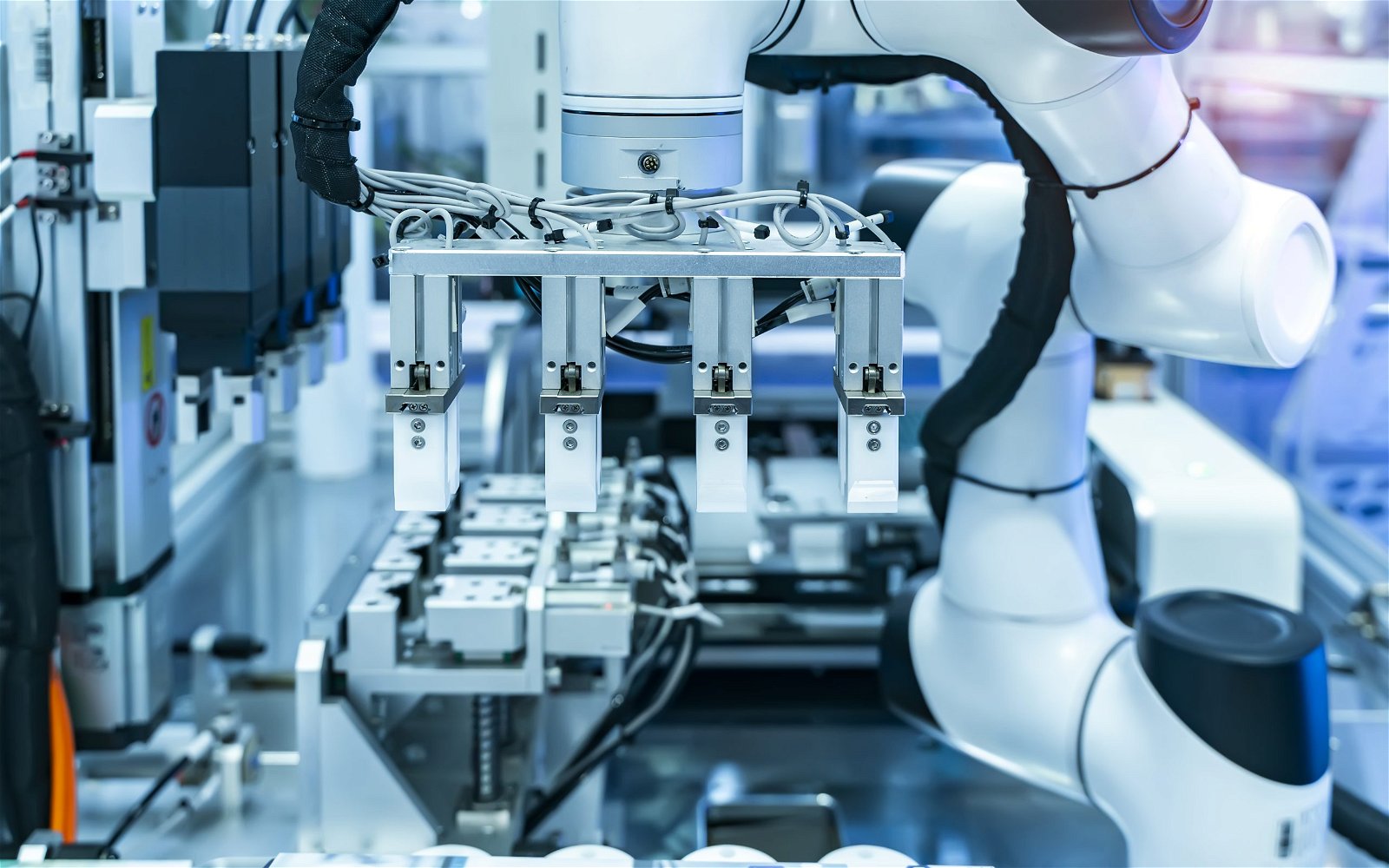MES THINKING
Manufacturing Guide to understanding just how much data you need
Throughout the 21st century the need for collecting and analysing manufacturing related data in production facilities has become the new gold. The push towards digitalisation has become easier thanks to greater standardisation across connectivity, cyber-security, communication as well as the move to cloud everything.
Collecting vast amounts of data is only useful when it is used in a meaningful way however, and it is becoming apparent that acting on meaningful insights from only a few key pieces of data is vastly superior to collecting gigabytes of data daily only to continually fill an ever-expanding database.
Digitalisation initiatives and digital transformation are typically a part of an organisation’s drive toward operational excellence. The expected outcomes are quick response times, productivity improvements, full cost control, and customer satisfaction.
This article explores the fundamentals of digitalising manufacturing data collection—what it entails, why it’s important, and how to maximise its benefits. Discover the advantages, essential steps, practical tips, and potential challenges in this information-packed guide.
What do we mean by Data Collection?
When we refer to “manufacturing data,” we mean metrics such as production volume and speed, downtime causes and duration, and other relevant data.
To digitalise your production process effectively, you need to not only understand this data but also determine the best methods for collecting and analysing it.
This is crucial for meeting Overall Equipment Effectiveness (OEE) targets and transitioning to a paperless operation. The objective of manufacturing data collection is to monitor, measure, and optimise various aspects of the manufacturing process, thereby enhancing efficiency, quality, and overall productivity.
Most manufacturers experience significant benefits soon after activating this digital transformation. They often report immediate improvements in visibility, data-driven decision-making, and time savings.
Over time, these benefits extend to optimised processes, better labour allocation, higher product quality, increased customer satisfaction, and more informed investment decisions.
Most data comes from machines via some form of connectivity. Although most modern machines offer an interface through which data can be collected, it isn’t always possible to get certain data points easily. This also applies to legacy
machines with limited or no connectivity. That’s where additional sensors can be used to gather contextual data. There are plenty of IoT and IIoT solutions on the market, and some common pitfalls (i.e. cybersecurity, data accuracy, data accessibility and usability).
However, we are more interested here in monitoring production in real-time. and tracking and analysing the performance of production shifts across different dates, stations, factories, and countries.
So, what data can be collected?
Production Data
Most readers will be particularly interested in production data, which remains one of the least digitalised areas in the industry today. Here is a comprehensive list of the types of data you can collect:
- Machine status (on/off, running speed)
- Uptime, downtime, bottlenecks, breakdowns, changeovers duration and frequency, or other stoppages and standbys
- Products and/or parts produced
- Additional data about the context of production, such as
- The person responsible
- The downtime reason
- Which job is being run
- The results of quality checks
- Notes about maintenance (or any other helpful notes)
5. Utility consumption: electricity, gas, water, compressed air)
6. Process parameters: (temperature, vibration, pressure, humidity, CO2 for sustainability purposes). These help determine the energy consumption per product batch, the production volume per person, the impact of vibrations or temperature on your product quality, the CO2 per product, and so on.
Other Data: Inventory, Maintenance, Supply Chain Management
Other manufacturing data is typically managed within Enterprise Resource Planning (ERP) systems, which focus on business processes such as inventory management, procurement, human resources, and financial transactions.
These systems collect and store data from across the organisation in a centralized database, offering real-time access and supporting advanced planning and forecasting.
Additionally, ERP systems cover the entire supply chain, including supplier inventories, lead times, and logistics. Therefore, integrating ERP and production data is essential for organizations aiming to fully maximize digitalization.
Key benefits of digital data collection?
- Visibility: Everybody sees what is happening on the shop floor and why
- Better decision making – data driven decisions: Management is empowered to make decisions based on real-time data. For example, investment decisions, production scheduling and workforce allocation, which lines to focus on during hard times, or which lines to prioritise.
- Time savings: This applies on and off the shop floor. Operators save time by not having to manually check and record data, and engineers have immediate access to the same data for analysis and crucial decision making by being able to generate actionable insights.
How much data is too much data in Manufacturing?
As highlighted earlier, data collection is crucial for achieving efficiency savings and making smarter decisions. It’s an invaluable tool for manufacturers seeking to strengthen their business model and enhance operational productivity.
However, an excessive focus on capturing every possible metric—without considering the bigger picture—can lead to data overload, resulting in unnecessary complications and confusion.
It’s generally not the lack of data that’s an issue, its too much data and selecting the right data upon which to make decisions. Here are some key points to consider when reviewing your data to ensure you are maximising this valuable asset:
Centralise your data: Without a central system to collate your data, you risk unnecessary oversights and missed opportunities. Integrated dashboards allow you to connect disparate data and spreadsheets into an easy-to-understand format, enabling you to drill down into specific areas of your business while also viewing the bigger picture.
Understand your data: Data is meaningless without a clear structure to help you interpret it. Identify what data you need from each machine and process and how it will drive efficiency or improve performance. It’s not just factory floor workers who need to understand this data; senior managers also need productivity data, forecasting metrics, and sales reports to inform overall business strategy—a time-consuming task if data is disconnected.
Avoid data saturation: Data saturation can over-complicate decision-making and lead to poor choices. Ensure your data collection efforts focus on quality over quantity to provide straightforward solutions rather than unnecessary complications.
Generate actionable insights: Before seeking additional data points, ensure you fully understand the information you currently generate. Specialist reporting software can help collate the metrics and information needed to improve operational efficiency and performance, making the most of your existing data.
Support your manufacturing business: Production data can drive efficiencies on the factory floor, while commercial data provides insight into overall operations. Robust WIP data reveals the true cost of raw materials, labour, and overhead, enabling smarter decisions regarding purchasing and hiring.
Leverage job costing data: Reliable job costing data highlights the most profitable products and customers, providing the facts you need to decide where to focus your efforts and which areas may need to be reconsidered or dropped.
Single source of truth: If you are collecting and collating data from different sources, make sure you verify the data to ensure you don’t have any conflicting data points. Use visualisation tools to help you generate and understand the insights and aid your decision making.
Conclusion
Although the necessity and benefits for having a clear data collection strategy within manufacturing is obvious to most organisations, it is perhaps less clear on the amount or depth of data collection required in order to achieve tangible results in a defined time period.
The incremental gains from collecting ever more data follow the law of diminishing returns. The ideal focal point is to define the production bottlenecks and start by collect basic machine data from the lines or machines involved. As the data collection strategy scales, the next logical step is to collect basic machine data from other equipment.
The real key to seeing significant returns is the ability to view real-time data, generate actionable insights, and make valuable decisions. We hope the ideas explored in this blog provide sufficient food for thought on creating and adopting a data collection strategy. Ultimately, we feel that business improvements achievable through data collection are within every operation’s reach regardless of size or budget. If you have any questions, then why not book a free consultation with a member of the Intouch team
Intouch Monitoring – how we can help
Here at Intouch Monitoring we have developed an MES solution that is completely scalable and deployable within a few days.
The concept is simple: start by connecting to a few critical machines on your shop floor, collect and analyse basic operational data, and make data-driven decisions that ensure production is optimised to meet changing demands.
Any potential issues are caught straight away as notifications and alerts are remotely delivered to all key stakeholders.
Additionally, the ability to link the MES to your production planning helps you stay ahead of the game and aids meeting schedules even when capacity is affected due to unforeseen breakdowns.
The resulting improvements are rapid and provide a fast and easy justification to scale the installation to include additional equipment and functionality within a matter of weeks.
Ultimately, the aim is to empower manufacturing organisations with an end-to-end supply chain monitoring solution that is completely agile and excels on efficiency.
We offer a free no-risk trial of our software platform, allowing companies to see tangible results before making a longer-term commitment.
Click on the link below to find out more.
3 Signs that you are ready to digitise your factory
Are you under pressure to improve efficiencies and reduce down time, which means you’re now looking to implement smart factory technology…
Plastics Manufacturing in a volatile world
The pandemic has highlighted that the need for flexibility and adaptability in manufacturing operations is crucial for navigating…
5 ways you could improve your production efficiency right now
The importance of production efficiency cannot be overstated. It means you are making the most out of your resources – time, materials,…
Have you thought about adopting smart technology?
What's stopping you adopting smart technology in your plant? Are you worried about the costs, the expertise and training needed? What is…
The advantages of a paperless manufacturing operation
So what happens when you switch to a paperless Manufacturing Execution System? You immediately get more predictable manufacturing with more…
Why is planned downtime for maintenance so important?
Often with pressure of delivery deadlines, it is easy for planned maintenance to be pushed down the priority list and only maintain it when…
How to choose the right manufacturing execution system (MES) for you
Selecting the right MES solution will give you the data and insights necessary to optimise your OEE, give you a competitive advantage and…
What would a 1%, 5% or 30% improvement in OEE mean to you?
Are you under pressure to improve efficiencies and reduce down time, which means you’re now looking to implement smart factory technology…
How to transform your plant’s efficiency and profitability with MES
Squeezing everything from your resources without compromising on quality is a challenge increasingly faced by manufacturers. So how can…
How it works
Getting started with Intouch is as easy as 1, 2, 3
1. Book a demo
Let us show you what we can do. Jump on a demo call and our friendly team will take you through the Intouch system and answer any questions you might have.
2. Enjoy a free trial
Don’t just take our word for it! We’ll lend you our technology for a 60-day free trial so you can see exactly how it can benefit the everyday operation of your business.
3. Receive ongoing support
It doesn’t end there. If you decide Intouch is the right production monitoring system for you, we’ll work with you to help you take control and make significant improvements in OEE.









